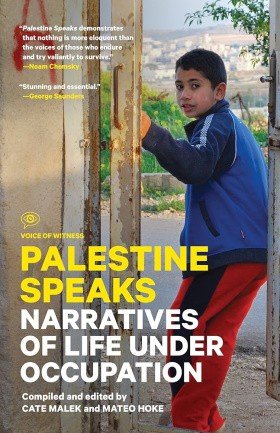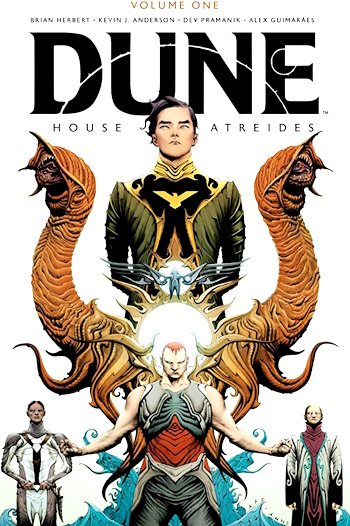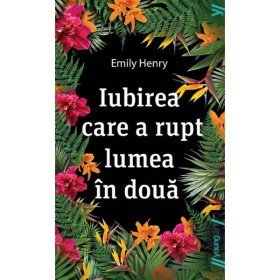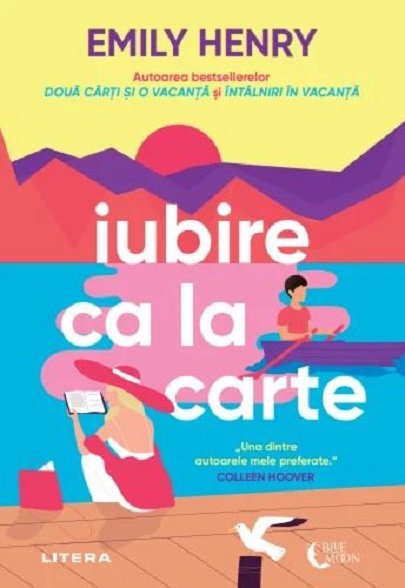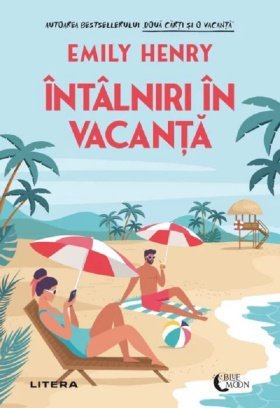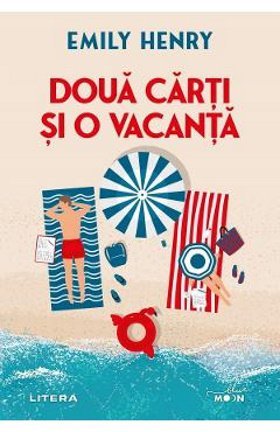I also have had trouble at work because of my time in prison. I got a job at an organization called Addameer, a prisoner support and human rights association, a little after I started school.26 It’s difficult for me when I feel I’m under someone else’s control. I don’t want to be under control. This is a problem I have at work. I don’t like signing in every day, having my actions determined by someone else.
I BELIEVE ART IS RESISTANCE
When I came back to university at Abu Dis, I spoke with my art teacher. I told her that I wanted to make art about the jail. She supported me because she said there were few artists like me who had experienced jail, even if there were a lot of artists who made prison the focus of their work. Palestinians and international organizations are always speaking about political prisoners in Palestine. Some Palestinian artists make posters, drawings, paintings, and they often depict prisoners as very big and strong, as guys who can destroy the walls of the jail. But I wanted to do something different. I wanted to speak about prison, about life from the eyes of a prisoner. My art was about how the prisoners see the outside world. I painted the bars of the windows, because that’s the view we knew. We never saw a view without the fence, without the windows. And when I went to visit my family, my mother, she was on the other side of the glass. So when I was looking at my mother, I saw my mother, but her face was never completely in view. I’ve painted glimpses of faces and people and houses and cars on small square canvasses to represent the way the outside world appears to prisoners, seeing the world through these little screens, through small glimpses.
I had an exhibition in London in 2011, and also one in Jerusalem, and a third one in Bethlehem. I am proud of that. But I know these paintings I made, somebody can take them for money and put them in his house and close them up. So the maximum number of people who will see these paintings is ten people, twenty people. But I believe that art is for all levels of society. I am from a refugee camp, and I am drawing for the poor people in Palestine, not for the bourgeoisie. I’m not doing a painting to keep it inside the house.
After I was released from jail, I started doing graffiti. Sometimes I and a couple of other artists used stencils, because we did a lot of painting in places where we are not allowed to paint, so we had to go fast. I did graffiti in the main street to let everybody see the drawing.27
I believe art is resistance. The graffiti in Palestine, it’s not like the graffiti in any other place in the world. Because when you write something on the wall, this means it has a connection with the First Intifada and the revolutionary time.
When I make my art, it feels that I am giving something to my homeland and sending my message to the rest of the world. I paint because I’m speaking for thousands of people nobody knows about—the people in jail. Many of them have been living for thirty years or more in jail. Few people speak for or about them. There are 12,000 people incarcerated in military jails. Why people don’t know about them, I don’t know.
If you live in Palestine, you have big problems—much pain, much suffering. I am painting to change that, to help ease the pain. Many of us are not fighting with guns, but we find our own way to resist. We may lose our lives or freedom, but we are working for the lives of our next generation.
1 Naji Al-Ali (1938–1987) was a political cartoonist who criticized Palestinian politicians and the state of Israel. A recurring character in his artwork was Handala, a faceless ten-year-old Palestinian boy whose story represented the Palestinian refugee experience.
2 Members of the Al-Azzah family had been leaders in the region of their former village ever since revolting against Ottoman rule in the nineteenth century. After many of the residents in their community fled to Bethlehem in 1948, the refugee camp was named after them, in recognition of their prominence. For more on the Arab-Israeli War and Nakba, see Appendix I, page 295.
3 For more on the two-state solution, see the Glossary, page 304.
4 Beit Jibrin was an Arab village located thirteen miles northwest of Hebron and twenty-five miles southwest of Jerusalem. Before 1948, the population was a little under 3,000. The village was depopulated during Israeli raids in the 1948 war, and there is currently an Israeli settlement on its former location called Beit Guvrin.
5 For more information on the 1948 Arab-Israeli War, see the Glossary, page 304.
6 For more on the Oslo Accords, see the Glossary, page 304.
7 The Popular Front for the Liberation of Palestine (PFLP) was formed in 1967. For more information, see the Glossary, page 304.
8 The “right of return” refers to a political position that Palestinian refugees and their descendants should be permitted to reclaim land and property that they were driven from in the wars in 1948 and 1967. For more information, see the Glossary, page 304.
9 For more information on Hamas, Fatah, and the Palestinian Liberation Organization, see the Glossary, page 304.
10 The First Intifada was an uprising throughout the West Bank and Gaza against Israeli military occupation. It began in December 1987 and lasted until 1993. Intifada in Arabic means “to shake off.” For more information, see Appendix I, page 295.
11 Palestinians use the term “martyr” generally for anyone killed by Israelis, not necessarily someone who died while fighting. Although originally a religious term, it is now used by religious and secular Palestinians alike.
12 Al-Quds is a university system with three campuses in the West Bank, including one in the city of Abu Dis, which together serve over 13,000 undergraduates. Abu Dis is a city of around 12,000 people just east of Jerusalem. Al-Quds is the Arabic name of the city of Jerusalem.
13 Muhanned is referring to the art and culture from Spain during the 800 years when it was under Muslim influence. In 710, Islamic armies succeeded in conquering large areas of Spain within a short span of years. The conquerors gave the country the name Al-Andalus.
14 Al-Muskubiya (“the Russian Compound”) is a large compound in Jerusalem that was built in the nineteenth century to house an influx of Russian Orthodox pilgrims into the city during the time of Ottoman rule. It now houses a major interrogation center and lockup as well as courthouses and other Israeli government buildings.
15 Up to this point, Muhanned was being held in administrative detention, a system that allows Israel to indefinitely detain Palestinians without specific charges. For more information, see the Glossary, page 304.
16 Eshel Prison, near the Israeli city of Be’er Sheva, is a maximum-security facility that was opened in 1970. Be’er Sheva is a city of over 200,000 people located sixty miles southwest of Jerusalem.
17 Pepper-spray projectiles are weapons sometimes used to incapacitate and control crowds. Each projectile ball fired from the weapon contains chemicals such as capsicum, which is also used in pepper spray. Though they are intended to be non-lethal, deaths have been reported from the use of pepper-spray projectiles.
18 The International Committee of the Red Cross (ICRC) is an organization that monitors prisoner rights around the world, among other functions. For more information on the divisions of the Red Cross/Red Crescent, see the Glossary, page 304.
19 For more on administrative detention, see the Glossary, page 304.
20 The Ktzi’ot Prison is a large, open-air prison camp in the vast Negev desert (Naqab desert in Arabic), located forty-five miles southwest of Be’er Sheva. Ktzi’ot was opened in 1988 and closed in 1995 after the end of the First Intifada, and then reopened in 2002 during the Second Intifada. According to Human Rights Watch, one out of every fifty West Bank and Gazan males over the age of sixteen was held at Ktzi’ot in 1990, during the middle of the First Intifada.
21 This is a reference to the barrier wall separating Israel from the occupied Palestinian territories, which in many places is twenty to twenty-six feet high and made of triple-reinforced concrete.
22 Shate Prison (shate means “hot pepper” in Arabic) was opened in 1952 and houses 800 prisoners.
23 Jenin is a city of almost 50,000 people on the northern border of the West Bank. It’s located over sixty miles north of Bethlehem.
24 Ramallah is the de facto administrative capital of Palestine. It is about thirteen miles north of Bethlehem.
25 For more on checkpoints within Palestine, see the Glossary, page 304.
26 Addameer is a nonprofit organization working to protect the rights of Palestinian prisoners. Addameer means “conscience” in Arabic.
27 Most of Muhanned’s murals are done with the permission, and even at the request, of the property owners.

PROTESTERS NEAR BIL’IN, WEST BANK
TALI SHAPIRO
English-Hebrew translator, 31
Born in Mevaseret Zion, Israel










